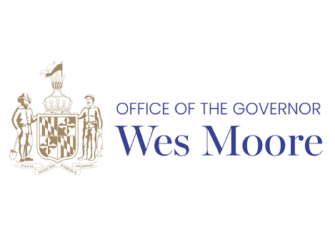
Annapolis, MD – Lieutenant Governor Aruna Miller announced legislation to protect Maryland road workers in work zones as part of the Moore-Miller administration’s 2024 legislative package.
The Maryland Road Worker Protection Act of 2024 (SB 479, HB 513) will significantly increase enforcement measures in work zones and was informed by the recommendations of the Work Zone Safety Work Group, which was chaired by the Lieutenant Governor and made up of a diverse team of highway safety experts, law enforcement, labor leaders and roadway workers.
“As a transportation engineer, I’ve been on road work sites and witnessed the risk that reckless driving poses to those who work on them,” said Lt. Gov. Miller. “By increasing enforcement measures for drivers who choose to drive at excessive speeds through a work zone, this legislation will better protect the men and women who do the vital jobs of building and maintaining the roads we rely on every day. These legislative actions will work in tandem with our administration’s ongoing educational and awareness campaigns in order to bring about a culture change in how motorists behave around roadway work zones.”
Under the legislation, the citation amount for automated speed enforcement in a work zone would increase from $40, to $290, matching the citation amount for a live officer stop for the same offense. Currently, Maryland’s automatic speed camera enforcement citation is the lowest in the nation.
The legislation also removes outdated restrictions that limit enforcement in work zones to allow more flexibility in installing cameras. This includes the requirement that all speed cameras have a physical operator present. It also allows for drivers to immediately be cited for violations within a work zone, eliminating the requirement that prohibits citations from being issued during a 30-day ‘warning period’ upon initial deployment of a work zone camera.
Across Maryland, there are an average of 300 state road work zones with approximately 1,000 state employees and contractors placing themselves in harm’s way to maintain and improve Maryland’s roadways. In 2023, Maryland drivers crashed into more than 1,200 work zones, averaging more than three crashes per day.
In addition to the proposed legislation, the administration is taking additional actions to implement the recommendations of the work group to make work zones safer and protect those who work on them. At the end of last year, Governor Moore announced additional actions to increase law enforcement presence in work zones and $500,000 in funding for work zone safety awareness and educational campaigns.
By protecting front line workers, the Maryland Road Worker Protection Act is part of the administration’s broader agenda to make Maryland a state that serves.



